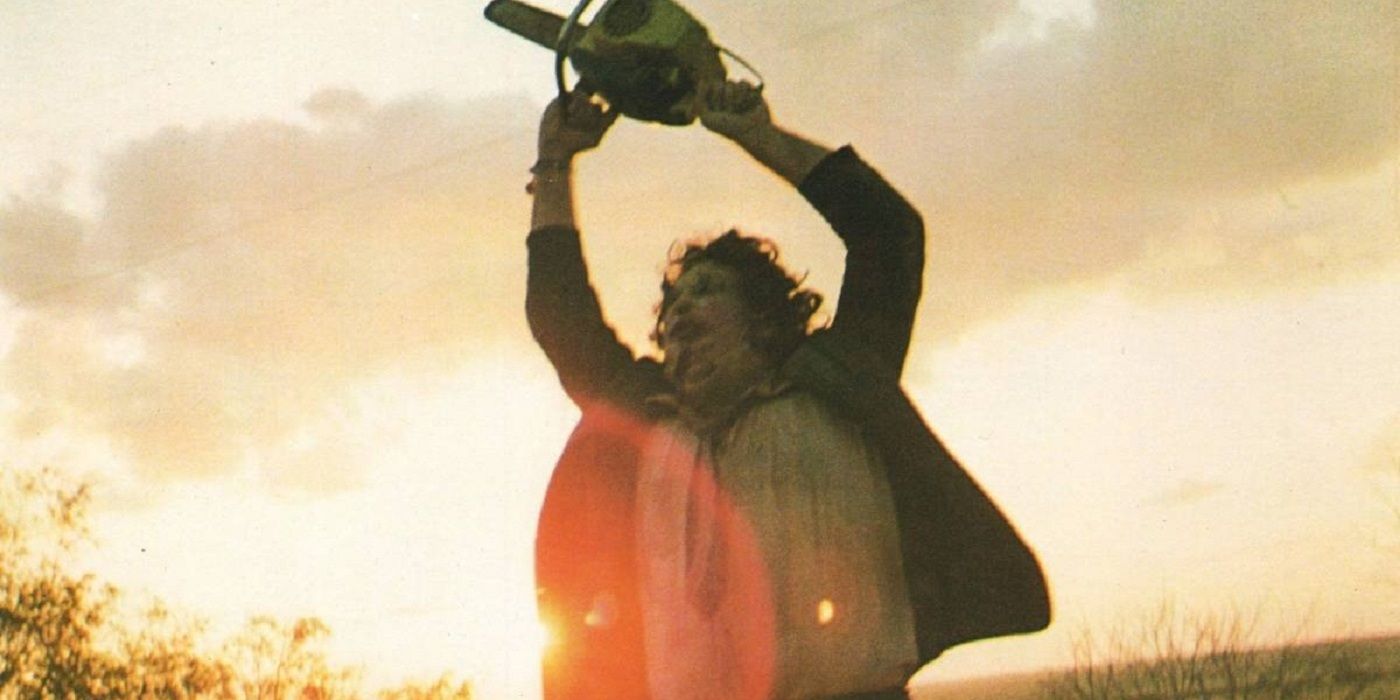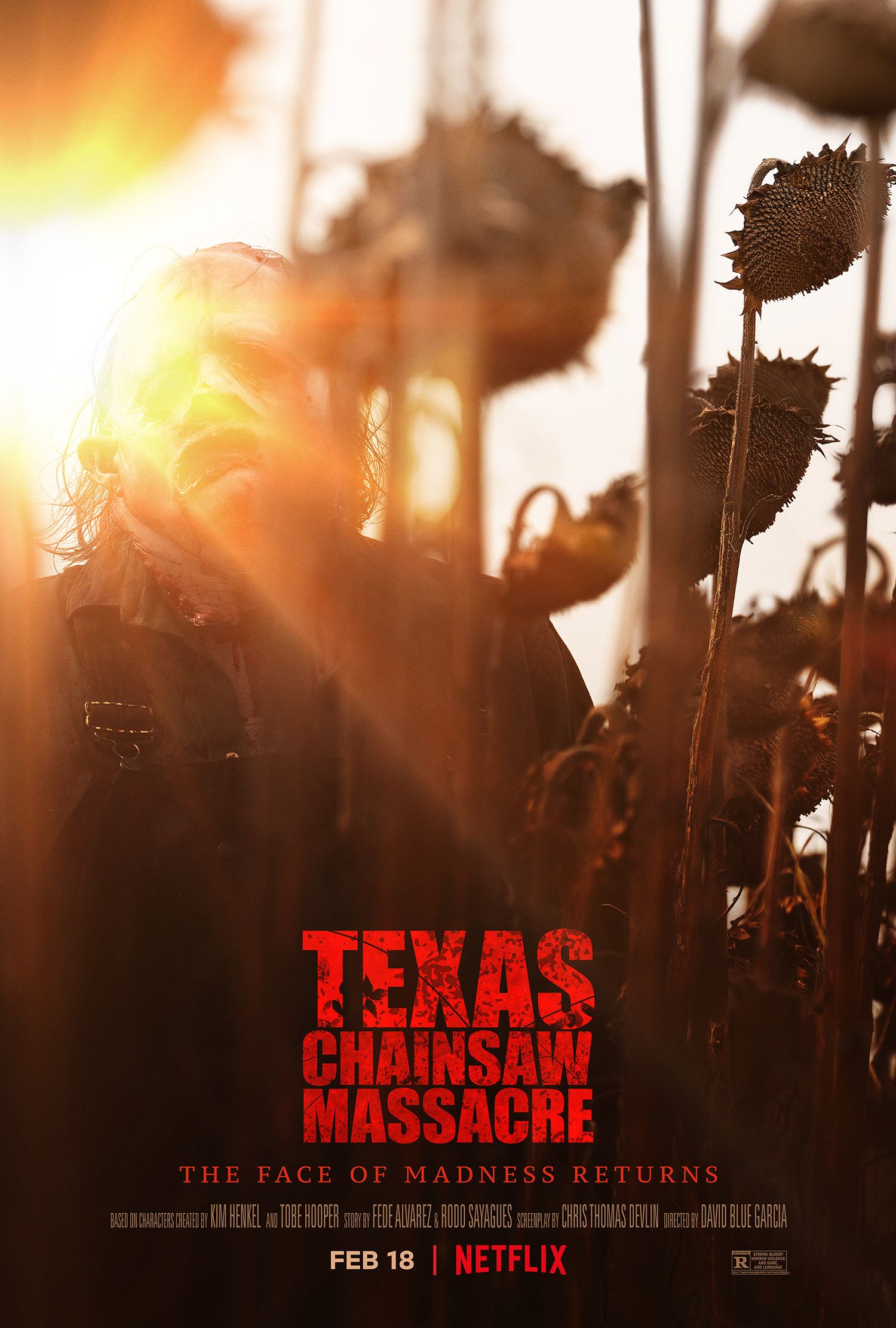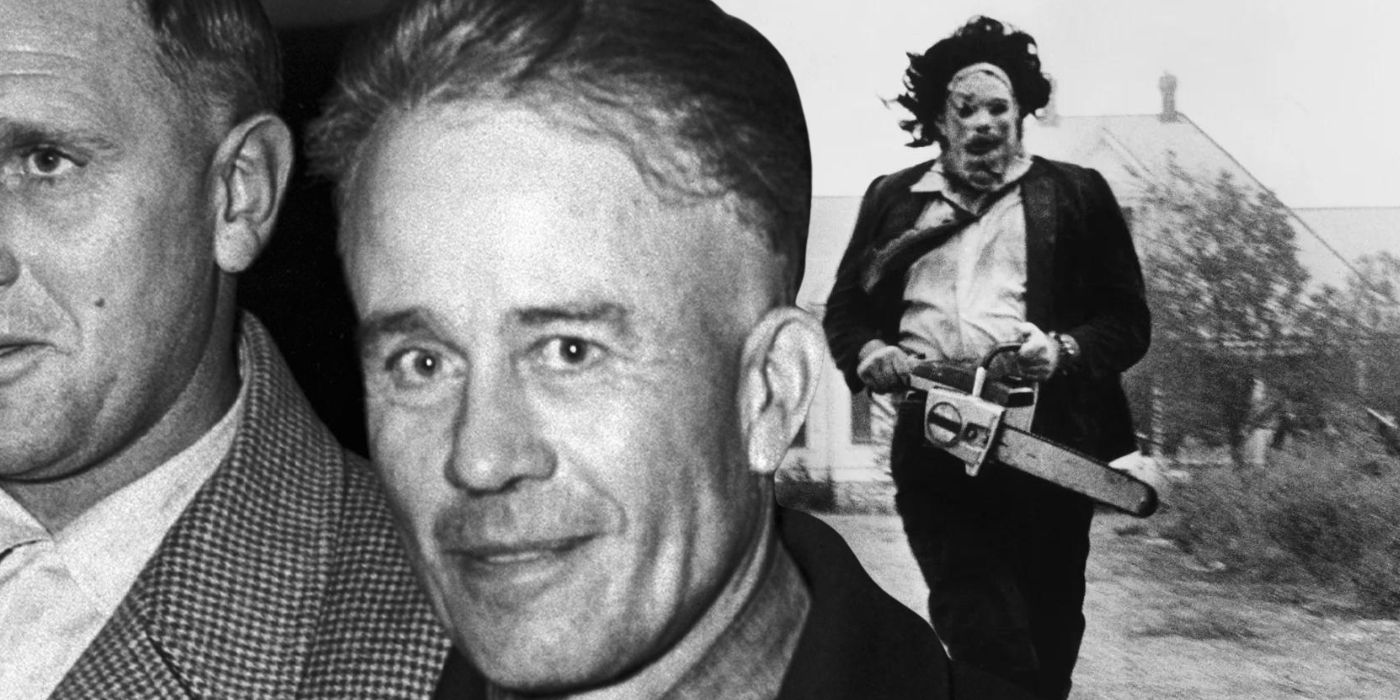Summary
- The Texas Chainsaw Massacre is based on real events and draws inspiration from notorious serial killers like Ed Gein and Elmer Wayne Henley.
- The film intentionally presented itself as a true story to attract a wider audience and explore cultural and political discussions of the 1970s.
- While the sequels may not be directly based on true stories, they still draw inspiration from Leatherface's character and the legacy of the original film.
While Leatherface remains a fictional character, The Texas Chainsaw Massacre true story is chillingly based on real events, including the ominous house that the cannibalistic family lived in. This all lends credence to the aura of fear that the film still embodies. The iconic slasher is still considered one of the most influential horror movies of all time and is credited with breaking new ground for the genre, including the ominous characterization of using a large, hulking, faceless figure as the killer. The Texas Chainsaw Massacre follows a young woman named Sally and her brother as they travel to an old family home in Texas with a few friends.
They run out of gas on their way, so they stop at a nearby house for some assistance despite an ominous warning from a hitchhiker. The Texas Chainsaw Massacre house is owned by a family of vicious cannibals, in particular housing the Texas chainsaw-wielding slasher, Leatherface. The giant man embarks on a bloody spree, killing Sally's entire troupe as she is held hostage inside the home before escaping in the movie's climax. The Texas Chainsaw Massacre draws inspiration from several real-life events, inspired by much of the violence featured on the news. Tobe Hooper specifically credits Ed Gein and Elmer Wayne Henley as the influence for Leatherface, and the true story of this serial killer is perhaps even more disturbing than The Texas Chainsaw Massacre itself.

How The Texas Chain Saw Massacre Was Inspired By A Brothers Grimm Story
Although the 1974 horror classic The Texas Chain Saw Massacre was notoriously inspired by real crimes, its origins lie in a Brothers Grimm story.Ed Gein: The Texas Chainsaw Massacre True Story Explained
The Plainfield Butcher and the Real Face of Terror
Texas Chainsaw Massacre viewers can be forgiven for walking away from the iconic horror movie thinking it is based on a true story due to the opening narration, which states that the massacre is: "one of the most bizarre crimes in the annals of American history." This decision was a deliberate ploy by director Tobe Hooper designed as a marketing tactic to attract a wider audience through campfire-style horror tales. He also wanted the misleadingly narrated information to respond to cultural and political discussions involving the government's deceit toward the public during the 1970s.
Despite the film's insinuation that The Texas Chainsaw Massacre is a true story and the events actually happened, there are shreds of truth within the movie, as with most legends. The Texas Chainsaw Massacre conceptually was born from the shocking true crimes emerging in post-war America in tandem with the rise of sensationalist, nationwide news cycles. Hooper recalls seeing convicted serial killer Elmer Wayne Henley's arrest and shocking acts plastered over television sets in San Antonio, from which he drew inspiration for the psychotic family depicted in The Texas Chainsaw Massacre.
Yet the biggest inspiration behind The Texas Chainsaw Massacre's events is the story of serial killer Ed Gein, whose crimes shocked an entire nation in the 1950s. Known as the "Plainfield Ghoul," Ed had a history of wearing women's clothes and mutilating corpses, displaying distinct ties to the final version of Leatherface's character. Gein also exhumed corpses from local graveyards, fashioned trophies and keepsakes from their bones and skin, and confessed to killing at least two women.
Like Gein, who was also the inspiration behind Norman Bates in Psycho, Leatherface has a penchant for wearing women's clothes and mutilating bodies while also displaying a low IQ, which parallels with the real-life serial killer. Leatherface wearing the skin of other people is meant to not only add a level of mystery to a faceless killer but also emulate the sickening crimes of a notorious serial murderer. The pervading sense that The Texas Chainsaw Massacre is a true story made the film an unqualified success due to the true-crime examples it uses and led to the creation of an iconic, vociferously popular horror franchise spanning over 5 decades.
Are Texas Chainsaw Massacre Sequels Inspired By True Stories?
Where Reality Ends And Fiction Begins In "Texas Chainsaw Massacre" Sequels
While the Texas Chainsaw Massacre true story, and the house it involved, were inspired by real life, most of the sequels were simply following up the terror of Leatherface and his chainsaw. This was especially true when it came to The Texas Chainsaw Massacre 2, which deviated completely from anything resembling the Ed Gein narrative. With Dennis Hopper in the movie as a former Texas Marshall hunting the cannibalistic family down, this movie eschewed a lot of the scares for over-the-top gore and an emphasis on dark comedy, turning the terrifying first movie into an actual horror comedy. However, this was a sequel, so Leatherface was still based on Ed Gein, but it was no longer his story.
|
Every Texas Chainsaw Movie In Order |
|
|
Film |
Release Date |
|
The Texas Chain Saw Massacre |
October 11, 1974 |
|
The Texas Chainsaw Massacre 2 |
August 22, 1986 |
|
Leatherface: The Texas Chainsaw Massacre III |
January 12, 1990 |
|
The Return of the Texas Chainsaw Massacre |
March 12, 1995 |
|
The Texas Chainsaw Massacre |
October 17, 2003 |
|
The Texas Chainsaw Massacre: The Beginning |
October 6, 2006 |
|
Texas Chainsaw 3D |
January 4, 2013 |
|
Leatherface |
October 20, 2017 |
|
Texas Chainsaw Massacre |
February 18, 2022 |
Leatherface: The Texas Chainsaw Massacre III brought the Swayer family back in 1990. Here, the family stalked a family across the back roads of Texas. Again, this movie wasn't based on any true story outside of Leatherface's original inspiration. The fourth movie, Texas Chainsaw Massacre: The Next Generation, was an interesting addition, as it starred Matthew McConaughey and Renée Zellweger. There actually was a semi-true story inspiration here, with director Kim Henkel saying the Illuminati were controlling things behind the scenes, including driving Leatherface onto his murder sprees to provoke "transcendence" (via Halloween Love).
In 2003, The Texas Chainsaw Massacre arrived as a reboot of the original. Just like the first movie, this was also loosely inspired by the killing spree of Ed Gein, with Leatherface based on the Wisconsin-based serial killer. That was followed by The Texas Chainsaw Massacre: The Beginning, an origin story for the family that was not based on any real story, and then Texas Chainsaw 3D as another sequel. This led to a huge change, with Leatherface as another prequel. This one was a story of how Leatherface was once normal before trauma drove him to madness, a theme that continued in the Netflix Texas Chainsaw Massacre sequel in 2022. While these all of course spiritually influenced by Ed Gein via Leatherface as a character, the sequels aren't "inspired by" him as the first was.

Texas Chainsaw Massacre (2022)
Texas Chainsaw Massacre is a sequel to the 1973 horror-slasher film that follows a group of young entrepreneurial adults who find themselves in a waking nightmare. Melody, her teenage sister Lila, and their friends head to the remote town of Harlow, Texas, to start an idealistic new business venture. But their dream soon turns into a waking nightmare when they accidentally disrupt the home of Leatherface, the deranged serial killer whose blood-soaked legacy continues to haunt the area’s residents — including Sally Hardesty, the sole survivor of his infamous 1973 massacre who’s hell-bent on seeking revenge.
- Director
- David Blue Garcia
- Release Date
- February 18, 2022
- Studio(s)
- Netflix
- Cast
- Jessica Allain , Nell Hudson , Alice Krige , Sarah Yarkin , Moe Dunford , Olwen Fouéré , Elsie Fisher , Mark Burnham , Jacob Latimore
- Runtime
- 81 minutes

